NO. #1 TOP RATED APPLIANCE REPAIR IN YOUR AREA
Over 30 years of mastery in ice-maker repairs.
All brands, affordable prices.
Expert ice-maker repair service in Florida.
Stuart, Jensen Beach, Port St. Lucie, Hobe Sound, and Palm City.
Customized repairs, supported by three decades of experience, ensure your ice maker’s peak functionality.
Enjoy service that’s crafted to your needs, always surpassing your expectations.
We recognize the worth of your time, ensuring swift and dependable resolutions for your ice maker troubles.
Rapid diagnostics paired with efficient fixes guarantee enduring solutions, keeping your daily life smoothly on track.
Count on us, as thousands have, to ensure a safe setting for all ice maker repairs.
Our commitment to safety means every repair is handled with the utmost precision and care.
Save money with our cost-effective repairs, avoiding the expense of a new purchase.
Enjoy affordable solutions that extend your ice-maker’s life and performance.
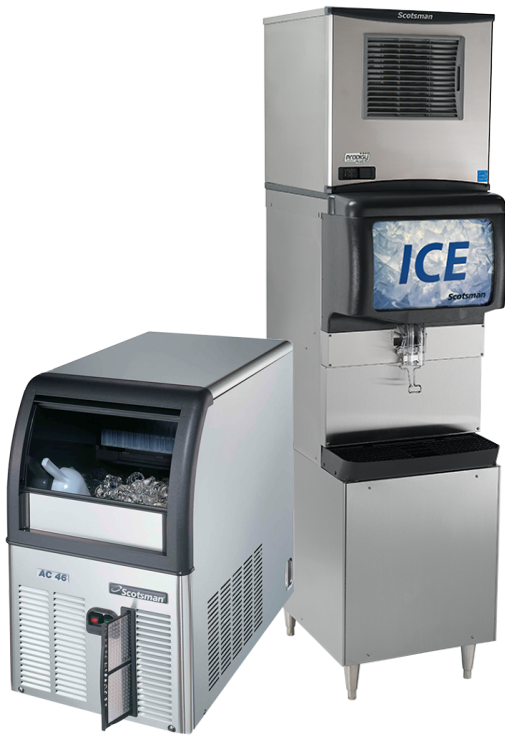
Experience peace of mind with our efficient repair service, swiftly resolving all common ice-maker issues.
Let’s restore your appliance’s functionality, enriching your daily kitchen experience.
Call us if you want fast, 100% reliable solution for any of these problems:
Ice maker repair costs will depend on the extent of the issue, the model of your ice maker, and the specific parts required for the fix.
With our flat rate price for repairs at $250, you’re offered services that are both budget-friendly and a wise choice compared to the expense of buying a new ice maker.
You’ll enjoy the advantage of our focus on cost-effective repairs that help you economize and guarantee your ice maker operates flawlessly for many more years.
Opting for our expertise is an investment in the durable quality and functionality of your ice-making appliance.
Check out Mark’s YouTube channel and learn all about appliance repairs.
Check out Mark’s YouTube channel and learn all about appliance repairs.
Brands we regularly repair in Stuart, Jensen Beach, Port St. Lucie, Hobe Sound, and Palm City:
Bosch * Electrolux * Frigidaire * GE * Hot Point * Kitchen Aid * LG * Maytag * Roper * Samsung * Sharp * Thermador * Viking * Whirlpool
If your brand is not on the list, do not worry, call now and we’ll give you all the necessary information.




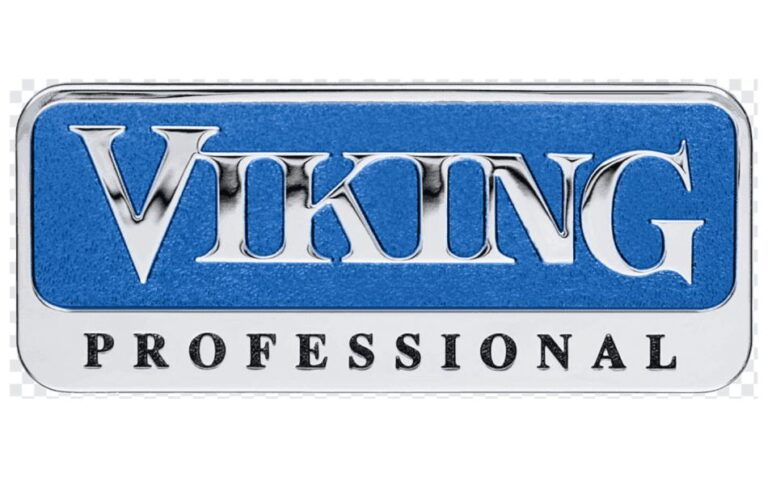

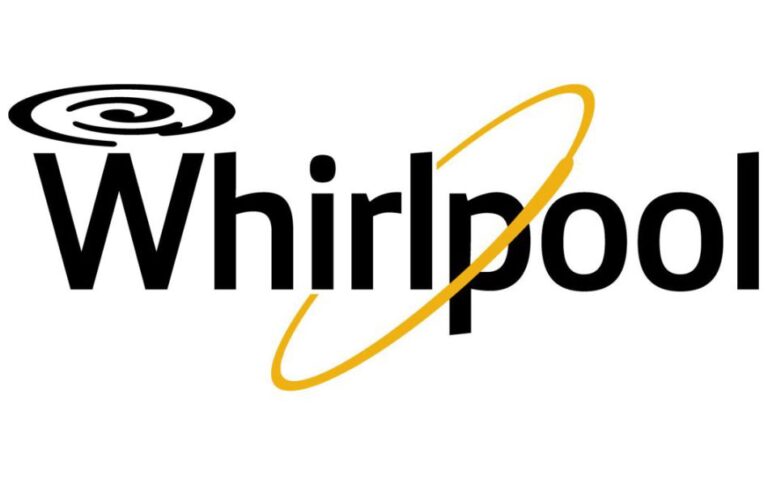
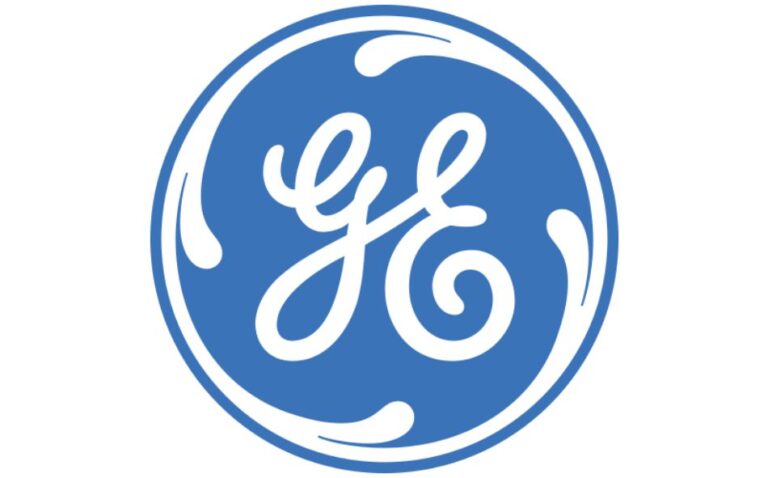
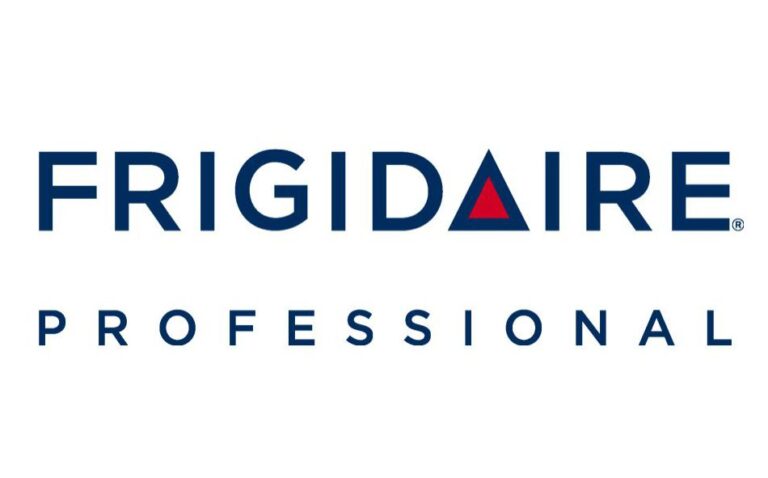


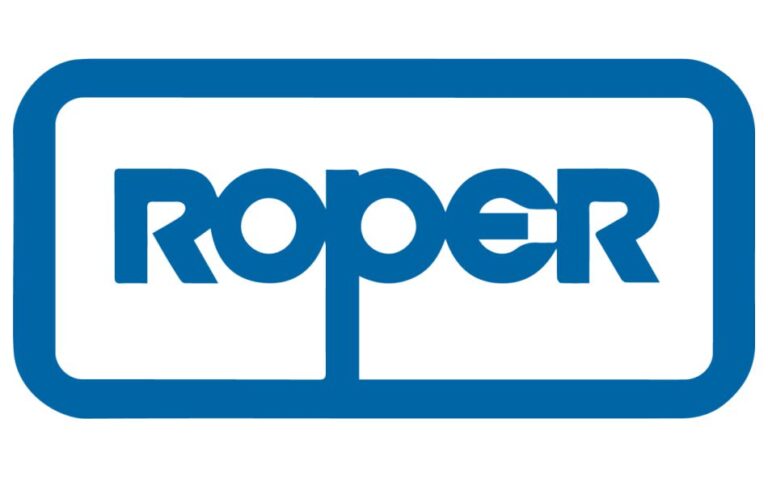
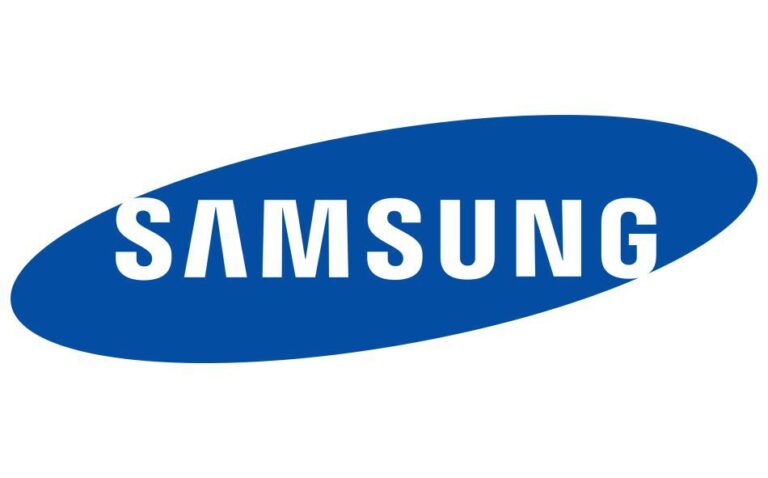

Ice maker repair, if ignored, leads to a sequence of significant issues. Picture the chaos unfolding from a faulty ice maker: disruption in daily routines, unexpected repair costs, and even potential water damage. A malfunctioning ice maker isn’t just about the inconvenience of lacking ice; it creates a domino effect, impacting other aspects of kitchen functionality. The necessity for top appliance repair services is starkly clear. Expert technicians do more than rectify immediate issues; they forestall larger problems. Absent professional handling, minor glitches could progress into major, costly emergencies. Consistent maintenance and swift repairs by adept professionals shield your home from the risks associated with neglected ice maker malfunctions. Explore all the proven tips and tricks about ice maker repair and servicing.
Before diving into repairs, it’s important to understand how ice makers work. Most ice makers follow a simple process: water is fed into the ice mould via the water line, then frozen, and finally ejected as ice cubes into the bin. This cycle repeats, ensuring a constant supply of ice.
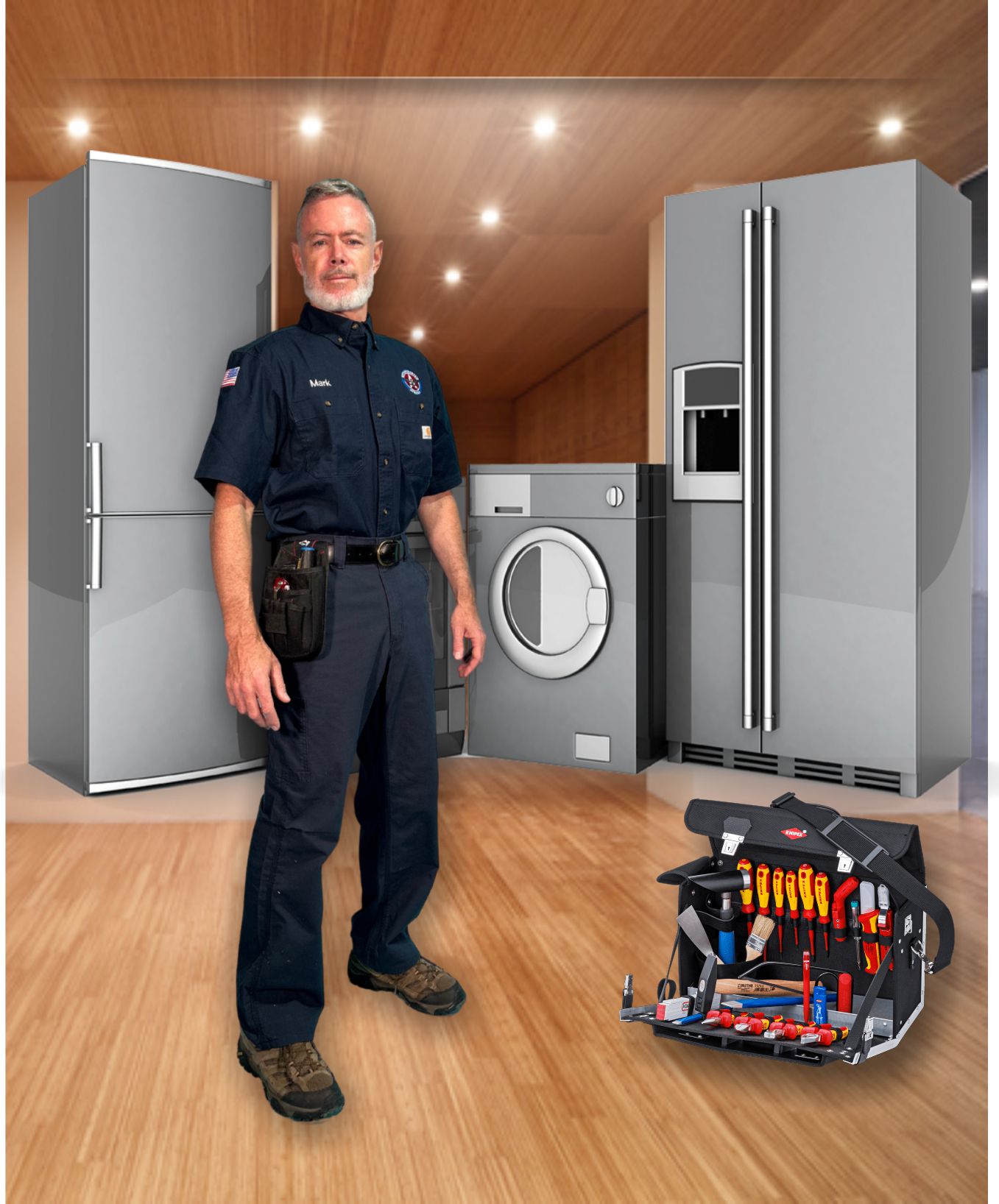
Icemaker problems can range from simple to complex. Here are some of the most common issues:
This could be due to a faulty water inlet valve, frozen water line, or issues with the control arm.
Often caused by low water pressure or a clogged water filter.
The entire unit can sometimes freeze, stopping ice production.
can occur if the water line or inlet valve is damaged.
Water Supply: Ensure that the water supply line to your ice maker is connected and has adequate water pressure.
Freezer Temperature: The freezer should be at the proper temperature to facilitate ice production. Most ice makers require a temperature between 0°F and 5°F (-18 °C to 15°C).
Control Arm Position: The control arm should be down to signal the ice maker to make ice.
Frozen Water Line: Use a hair dryer to thaw a frozen water line gently. Be careful not to overheat any plastic components.
Clogged or Damaged Line: Check for any blockages or damage. Replace the line if necessary.
Faulty Valve: Test the valve with a multimeter to see if it has continuity. A broken water valve needs to be replaced.
Water Flow: Ensure the valve opens appropriately, allowing water to flow into the ice mold.
Clogged Water Filter: A clogged filter can impede water flow. Replace the filter if it hasn’t been changed in a while.
Ice Bin Position: Ensure the ice bin is positioned correctly and not obstructing the ice maker.
Temperature Settings: Double-check the temperature settings of your freezer compartment.
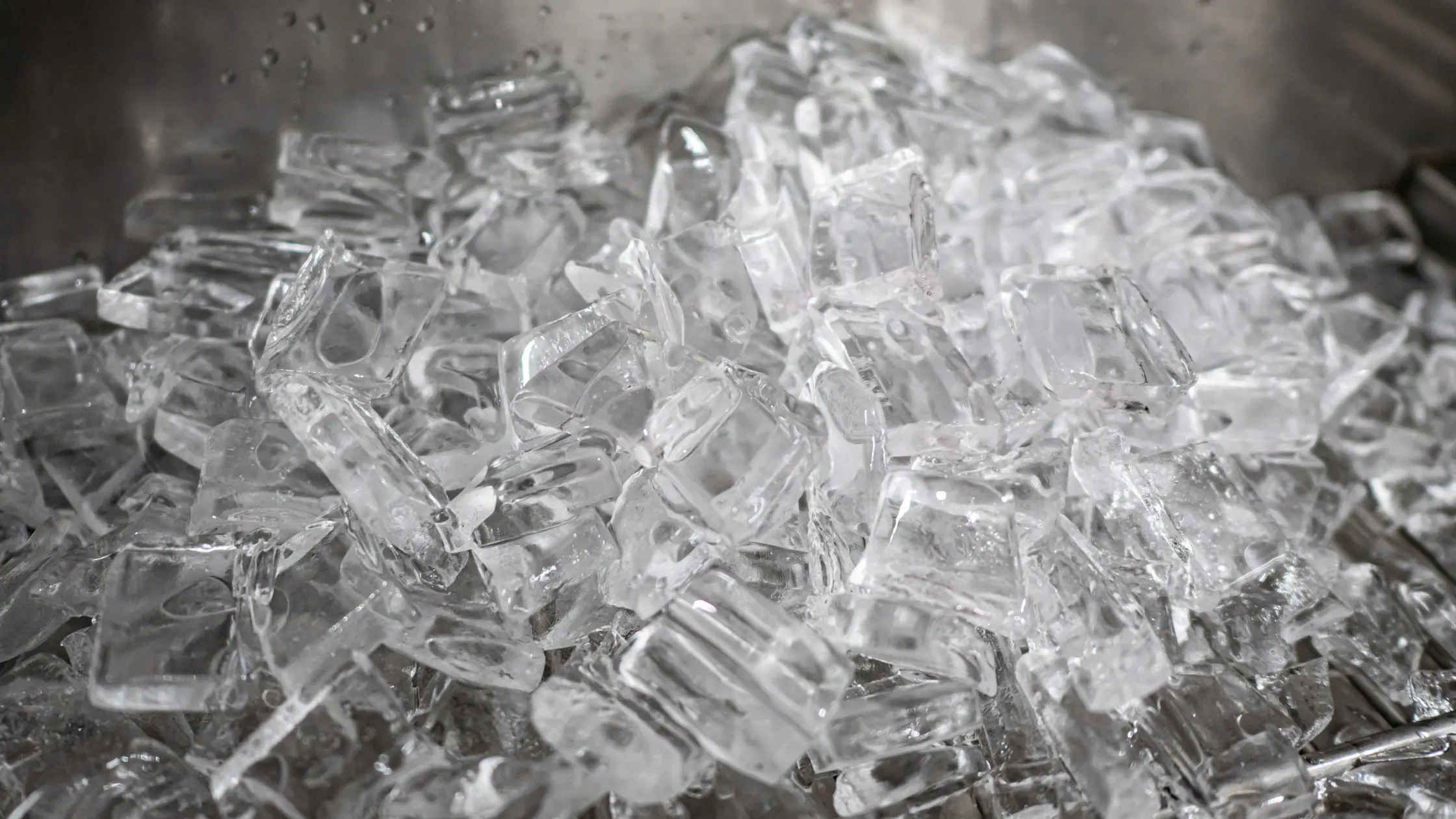

Regular maintenance can prevent many common ice maker problems:
When basic troubleshooting doesn’t resolve your ice maker issues, it’s time to dive deeper into more complex repairs.
No Ice Production: If your refrigerator ice maker stops producing ice, check for a faulty ice maker. Sometimes, the ice maker itself may need to be replaced.
Ice Maker Overflows: This could be due to a problem with the water inlet valve or the control arm. Ensure they are functioning correctly.
Portable Ice Maker: For portable ice makers, issues often relate to the water supply or electrical components. Ensure the unit is correctly connected to a power source and the water reservoir is filled.
Replacing the Water Inlet Valve: If the valve is defective, it will need replacement. This is a common repair for many ice maker problems.
Control Arm Adjustments: Sometimes, adjusting or replacing the control arm can solve ice production issues.
Faulty Ice Maker: If the ice maker assembly is faulty, it may need to be replaced entirely. Follow the manufacturer’s instructions for replacement.
Electrical Issues: : Check for any loose or damaged wires. Use a multimeter to test for electrical continuity.
Warm Water in the Line: Warm water entering the ice maker can lead to minor or malformed cubes. Check the temperature of the incoming water.
Water Pressure: Low water pressure can affect ice production. Ensure that the water pressure is within the manufacturer’s recommended range.
Airflow: Ensure there is proper airflow in the freezer compartment. Poor airflow can affect the temperature and, subsequently, ice production.
Temperature Consistency: Fluctuations in freezer temperature can cause ice maker issues. Use a thermometer to monitor the temperature.
Advanced troubleshooting and repairs can often solve most refrigerator ice maker problems and ice machine issues. Regular maintenance and understanding the nuances of your ice maker’s operation are key to ensuring a constant supply of fresh ice.
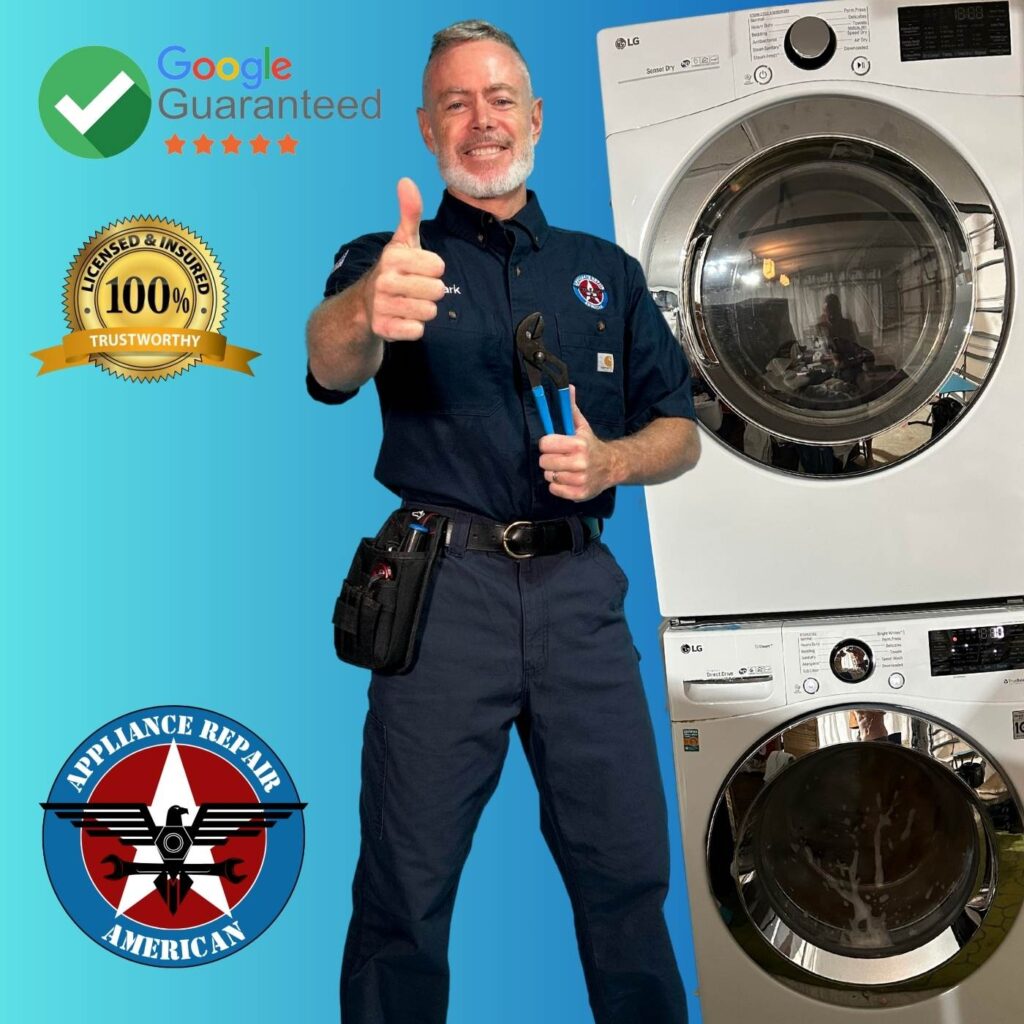
In this section, we dive into specific scenarios you might encounter with your ice maker. From frozen lines to malfunctioning components, we’ll provide detailed solutions to optimize your ice maker.
Cause: A common cause of a frozen water line is low freezer temperatures.
Solution: Gradually increase the freezer temperature and gently use a hair dryer to thaw the line. Avoid setting the temperature too high, as this can affect other freezer contents.
Symptoms: The ice maker fails to eject ice cubes, or the cycle seems incomplete.
Fix: Test the motor with a multimeter. If it’s not working, you’ll need to replace it.
Problem: If the thermostat fails, the ice maker won’t know when to eject the ice.
Solution: Test the thermostat for continuity with a multimeter. Replace if necessary.
Cause: This can be due to issues with the water inlet valve or pressure.
Solution: Check the valve and ensure proper water pressure. Replace the valve if it’s not functioning correctly.
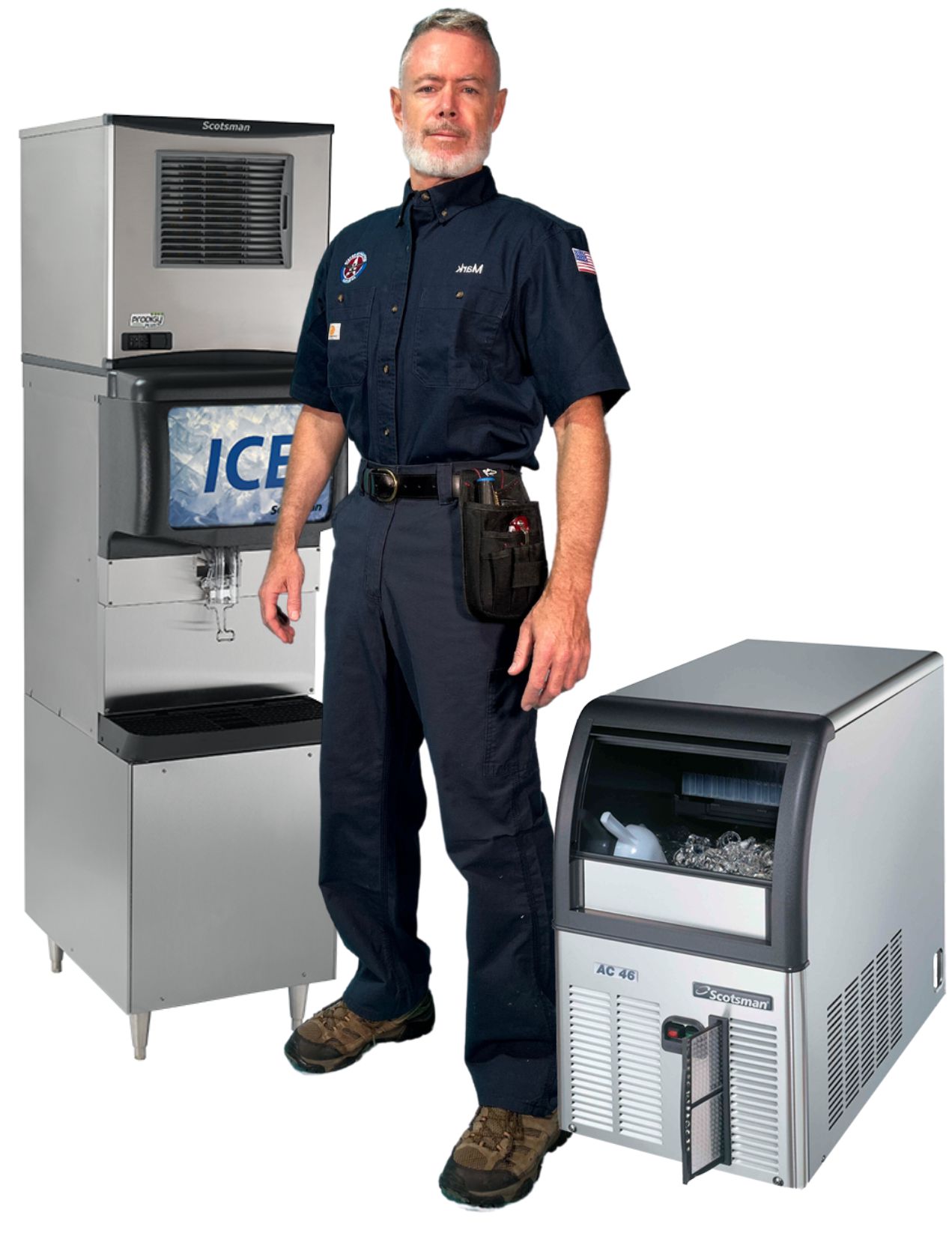
Replacing the Ice Mold
Solenoid Issues
Regularly change the filter to ensure clean water for your ice cubes.
Inspect and maintain the water line to prevent clogs or damage impacting ice production.
Regularly check the freezer temperature to ensure it’s within the optimal range for your ice maker.
An overcrowded freezer can impede airflow and affect the ice maker’s performance.
Dealing with specific ice maker scenarios requires a mix of troubleshooting skills and an understanding of your appliance’s mechanics. Regular maintenance and prompt repairs can prevent most issues and extend the life of your ice maker.
As we conclude this comprehensive guide on ice maker repair, it’s important to remember that regular maintenance and timely repairs can significantly extend the life of your ice maker. They are understanding the nuances of how your ice maker functions will empower you to troubleshoot and fix common problems effectively.
Periodically inspect your ice maker for any signs of wear, leaks, or damages.
Keep the ice maker and its components clean to prevent build-up and maintain hygiene.
Consider hiring a professional repair service for complicated issues, especially those involving electrical components.
Use high-quality replacement parts for any repairs to ensure longevity and efficiency.
Consistently manage your freezer’s temperature to provide an ideal environment for ice production.
Use filtered water and regularly replace the water filter to maintain the quality of ice and the efficiency of the ice maker.
Don’t overload the ice bin, as this can impede the ice maker’s cycle.
Periodically defrost your freezer to prevent ice build-up that can impact the ice maker’s functionality.
Fixing an ice maker is often worth it, especially if the appliance is relatively new or the repair is minor. It’s more cost-effective than purchasing a new unit, and timely repairs can extend the appliance’s lifespan.
Ice makers can be repaired. Common issues like clogged water lines, faulty water inlet valves, or control arm problems can often be fixed with basic tools and replacement parts.
The cost of repairing an ice maker varies, depending on the nature of the problem and whether professional help is required. Simple DIY fixes can be very cost-effective, while more complex repairs might cost anywhere from $100 to $300.
Signs of a clogged water line in an ice maker include small or malformed ice cubes, a decrease in ice production, or no ice production. Inspecting and testing the water line for blockages or frozen sections can confirm this issue.
Grab your free ice maker repair manual! This handy guide provides step-by-step instructions to troubleshoot and repair common issues like slow ice production, water leaks, and faulty sensors. Perfect for DIY repairs, it helps you get your ice maker back in top working condition while saving on repair costs.